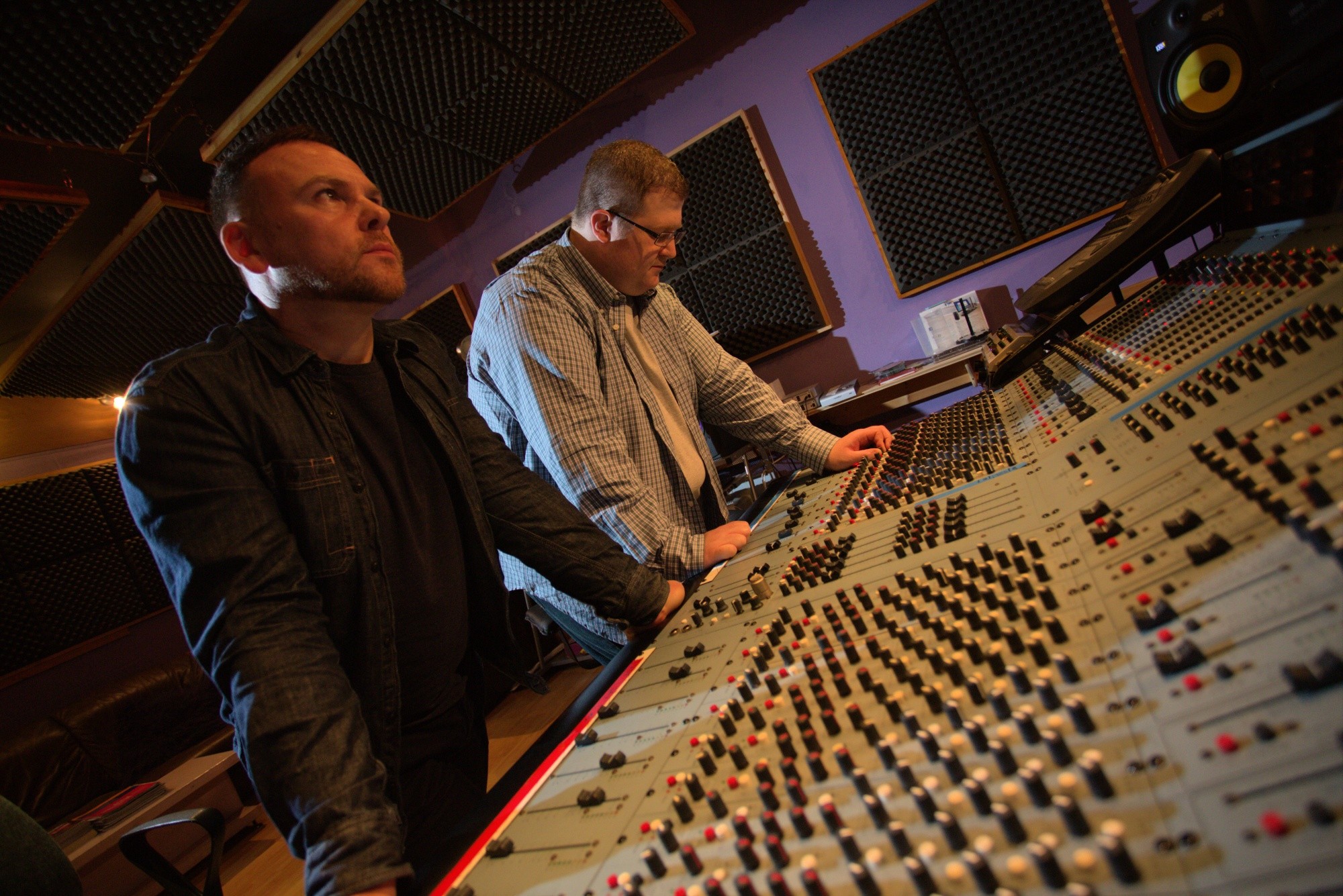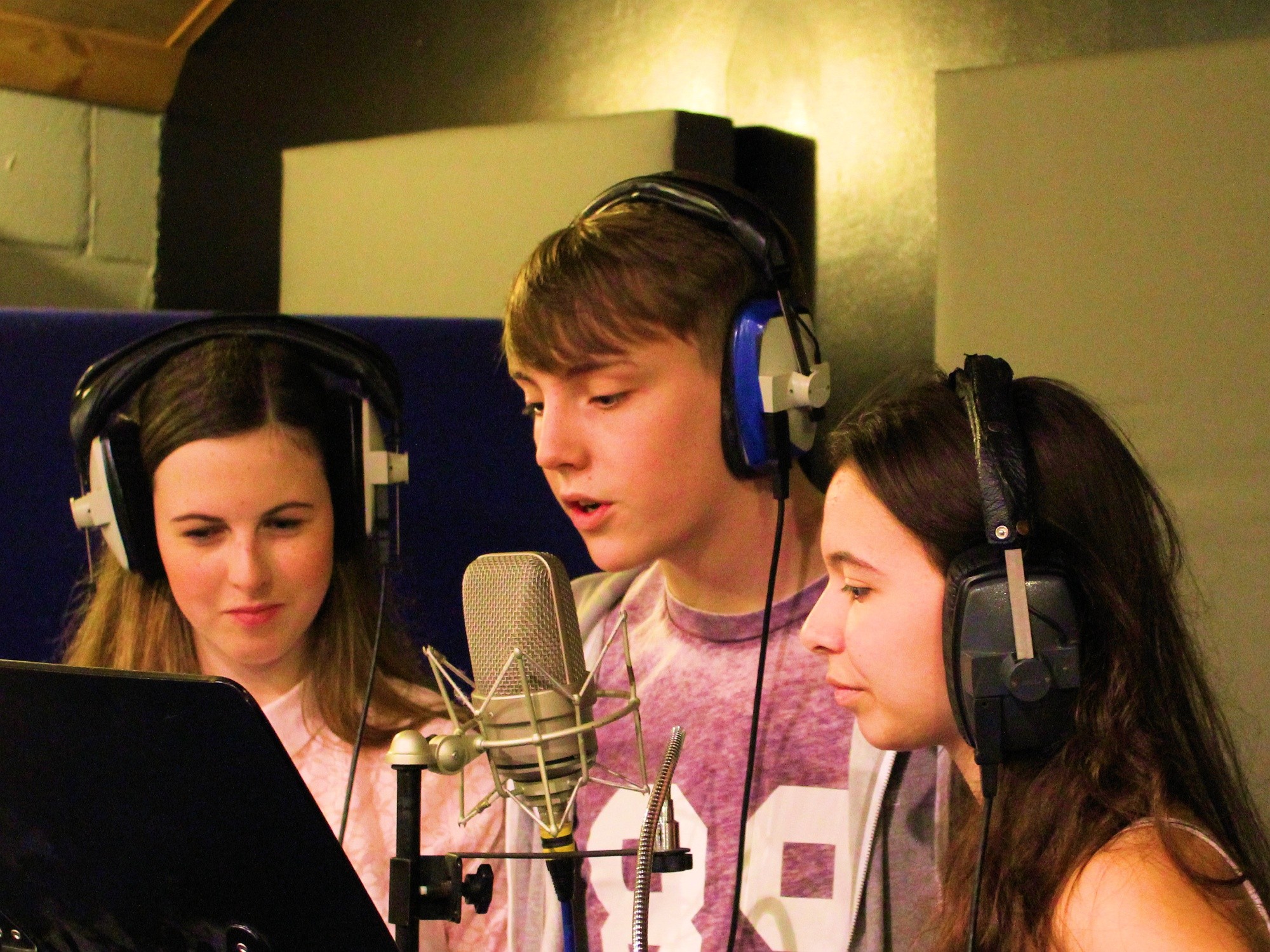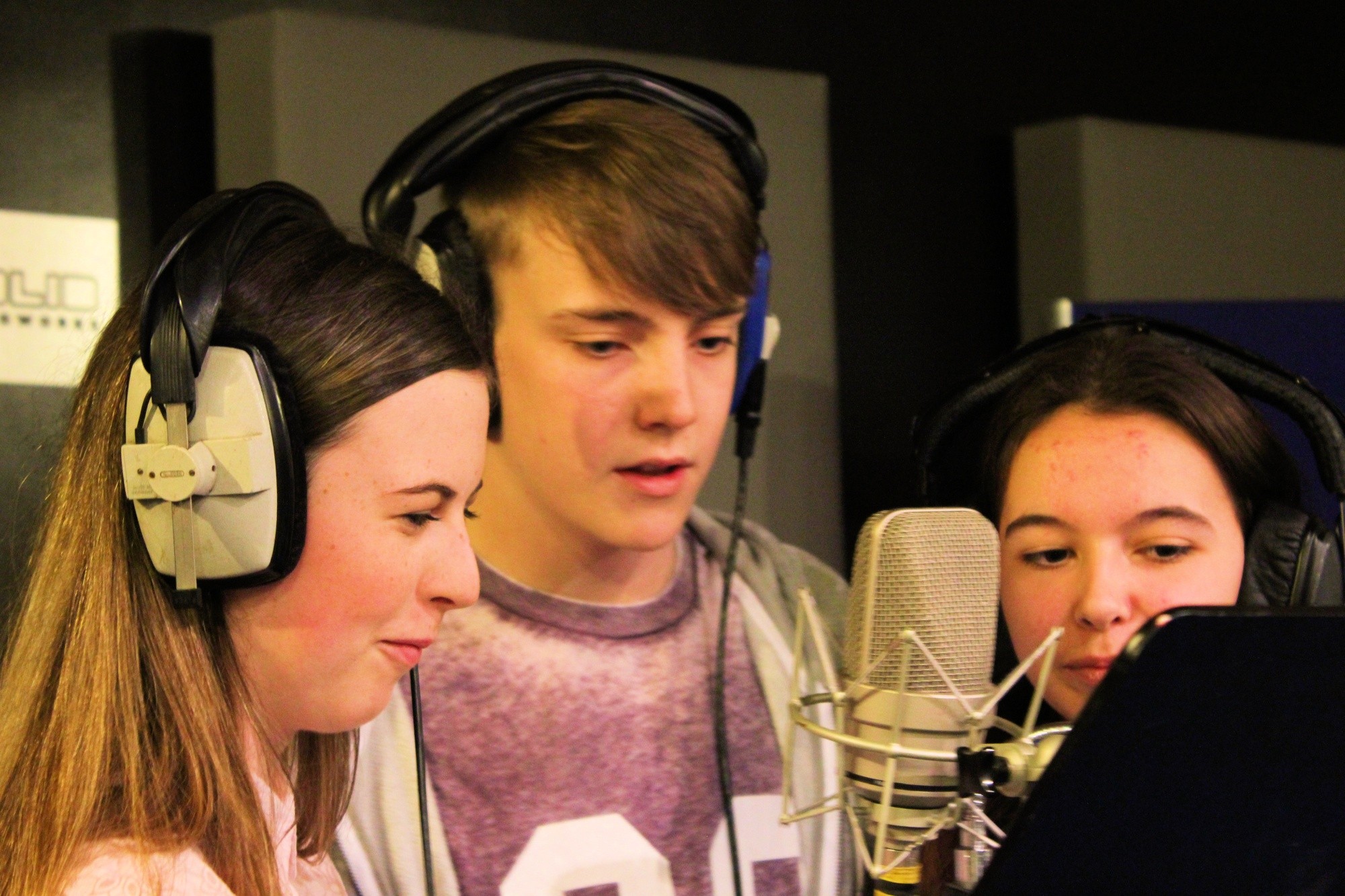
Edited by Sam Hughes
In this guest article from Audio Production Company, Solid Audiowoks’ Composer/Sound Designer Will Morton, Will discusses why the Art Team are the Audio Teams best friend when delivering high quality voice performances, and how both departments influence and collaborate with each other.
Read the full article below, thanks Will!
I know, I know… if you’re an artist, you’re thinking “Those audio guys, always b***hing about our work and trying to steal our CPU and RAM”. If you’re an audio engineer, you’re thinking “Those artists, hogging all the CPU and RAM, never telling us when new assets are produced that might need sound”. I imagine anyone who has worked in games for any amount of time can sympathise with one of those statements. If any in-house development department is likely to clash with another, it’s likely to be a fight to the death between art and audio. It’s traditionally a real love/hate situation, but things are getting better.
Before I go any further I’d like to say that I know this is a game audio feature on an audio-centric website, and that talking about silent movies and anime may seem a little weird, but stay with me – it’ll all make sense eventually.
What’s this about silent films? Well, I love them. I’m not quite sure why I have such a fixation with them. Maybe it’s because I have spent my life and career in a position where hearing is my ‘hardest-worked’ sense and silent films give me a new experience by removing audio from the equation and concentrating on visuals. Who knows?
To many people, when you mention silent films, they conjure up images of Buster Keaton and Charlie Chaplin bumbling about and falling over, and general ‘old fashioned’ slapstick. If an actor gets hit in the face with a custard pie it will be funny by nature of what has just happened, but not much has been conveyed to the viewer in terms of story, and especially not with any detail. These kinds of slapstick silent films generally use performers whose comic timing, daring, and movement skills are what is needed to perform visual gags. However, beyond the silent comedy greats there is a wealth of other silent films which tell stories of action, drama, and love. And despite these stories being essentially dialogue-free, they are just as detailed and nuanced as any story in a ‘talkie’.
Watch Louise Brooks in ‘Pandora’s Box’ or ‘Diary of a Lost Girl’ and watch my personal favourite Clara Bow in ‘It’ or ‘Wings’. I am using these silent films as examples as they are very easy to obtain, and you will see just how those actresses have to tell a detailed story primarily with facial expressions. However, you will also see how ‘over the top’ their facial expressions are compared to real life. This is solely because when actors do not have the luxury to tell stories with words and sound the visual aspect of their performance has to be exaggerated to convey information.
And what does this have to do with video game audio? In the example of silent films the visuals had to compensate for lack of audio, and in video games the opposite has been true – until fairly recently.
Watch a cartoon, watch some anime… something which isn’t aimed at young children. If you’ve picked one that has anything but the highest budget, the chances are there will be something in it that resembles what I am about to show you and describe in this clip I found on YouTube:
[Bad language warning!]
Watch the first 30-ish seconds of that clip. Did you notice how vocal the character was as he walked down the street? He hums to himself loudly, conveying his care-free attitude. He spots the lobster sign and loudly makes a ‘huh?’ noise, this time conveying he has spotted something he didn’t expect, and that his interest is piqued. He giggles as he decides to prod the lobster, and continues to giggle as he pokes around in the water tank. He sobs and air wheezes through his lips as he waves his finger around, and when he is confronted by the big guy there is another loud ‘huh?’.
Nobody in real life makes that much noise when they are doing these things – fine details in facial expressions and body language would be used instead. Whether it is a stylistic choice, a budgetary need or otherwise, the anime didn’t have an art and animation style that allows its creators to show this amount of information using visuals alone. To me, where silent movies had to use excessive visual cues to convey information because of a lack of audio, this anime clip is an example of using excessive audio cues because of a lack of visuals – and it is here (at last!) where the connection with video games comes in.
Video games, especially those which aspire to have a standard of cinematics to match Hollywood movies, have always struggled with the technology and computing power available. Be it lip-sync, facial animation, graphical fidelity… until fairly recently the art teams have been up against it when it comes to matching Hollywood visuals.
The very first time I noticed that more realistic facial animation and more realistic (albeit more minimal) voice acting were being used to achieve a more cinematic end result was about eight years ago, in a cut-scene for a very big selling AAA console title with incredible graphics and sound. A character in a scene subtly ‘sold’ us part of a story by exhaling gently at the same time as very slightly ‘scrunching’ the bridge of his nose. In those three almost-silent seconds you knew this character disapproved of his friend’s decision but had to go along with it nonetheless. It said a lot, without saying anything at all. At this time, this sort of ‘detail through subtlety’ in voice performance was a rare thing in video games.
At about the same time as the above example another very big selling AAA console title was released, again with phenomenal graphics and sound. However, despite the adult tone and the realistic presentation of almost every aspect of the game, the dialogue and vocalisations were exactly like in the anime clip I linked to earlier. The most basic internal thoughts were vocalised, the most simple of movements were accompanied by frequent enormous grunts, and in one highly dramatic moment where the protagonist is running from disaster the ‘panicked’ dialogue is almost comedic in the way it attempts to convey danger to the viewer. In fact, a non-audio colleague who watched this trailer with me at the time commented it sounded like a Disney movie. Of course, this could have been a stylistic choice, but in the sequels that followed over the next few years the dialogue and vocalisations were toned down to better complement the increase in graphical fidelity and improvements in animation, and the most recent editions of the games are staggering in their realism and cinematic nature.
Judging what is an appropriate balance of ‘more or less’ with game vocal performances is a struggle that happens now. Actors who primarily earn a living with their voice will often voice cartoons and anime as well as games, and will be used to vocalising every little emotion and exclamation as their regular medium requires. The same applies to a lot of voice directors. Then, actors and/or directors come in to record for a video game and you may find that they provide a more cartoony less-realistic performance which, whilst being right for some styles of video game, when recorded for the big cinematic games with high graphical fidelity these over the top performances run the risk of changing the mood of the whole scene. I’m not having a go at actors by the way, or indeed this type of performance. These types of performances often come from an actor’s desire to do the job well – they see something happening on screen and they want to vocalise it… the script calls for a particular emotion can i order alprazolam online to be conveyed but there is no dialogue, so again the actor vocalises it. It’s commendable, but these days video game voice acting is a lot more varied in scope and it’s down to a good director to work with the actor to get the right result for the right project, and often it requires a director to be confident enough (or brave enough, perhaps) to know when ‘less is more’.
Now that more and more artists and animators have the tools and power to be able to make their visual creations increasingly detailed, ever more believable and closer to real life than ever before, it allows us as audio designers, dialogue directors and voice actors to deliver an even better and more appropriate performance. In turn, having more options available to us as overall performance and directing style enables audio to better compliment art. Even with previous sparring partners like the audio and art teams, to get a truly immersive result it’s always a team effort.
LINKS
Solid Audioworks
Will Morton
We hope you enjoyed Will’s article, check out others in our Guest Articles section. Don’t forget to sign up to our Monthly Newsletter to make sure you don’t miss out on our reviews and interviews.





